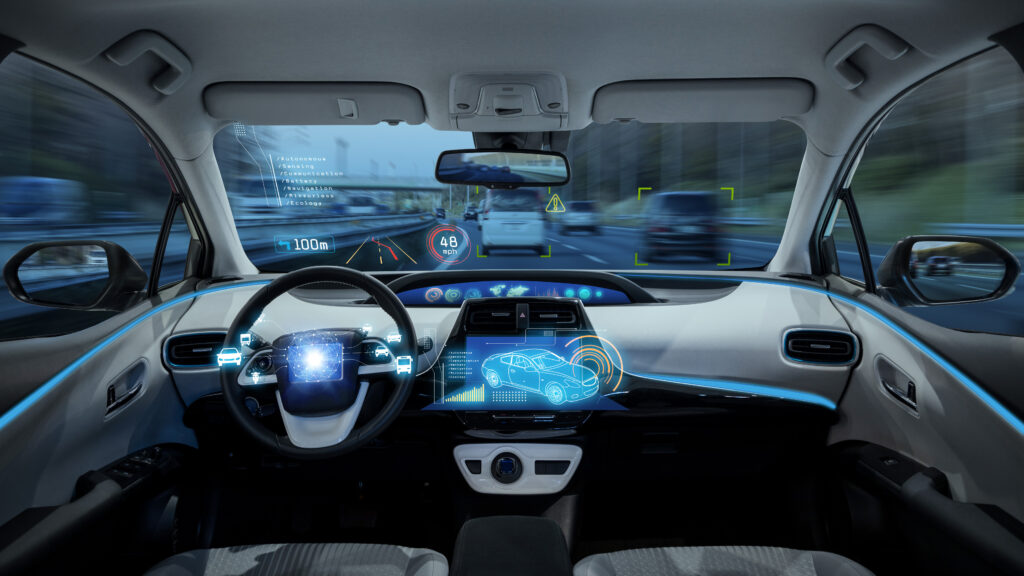Who is at Fault in a Tesla Autopilot Crash? Dangerous Stats for 2023 and Beyond
Self–driving cars like the ones designed by Tesla have become staples amongst other vehicles on the freeways in Los Angeles.
Californians accounted for 40 percent of all Tesla sales in 2021. The Tesla Autopilot feature is popular amongst drivers. It’s no wonder why this would be the case in a city with frequent drivers who spend countless hours traveling to and from work.
It’s important to understand Tesla Autopilot features and those for other self-driving cars. The National Highway Traffic Safety Administration highlights six levels of automation for automated vehicles, including:
- Momentary Driver Assistance – This means there is no automation. The driver is performing all functions to operate the vehicle.
- Driver Assistance – This means there is one single level of automation. An example is cruise control, where the speed is maintained at a steady rate set by the driver.
- Additional Assistance – This means the vehicle can control the steering wheel, and has the ability to accelerate.
- Conditional Automation – This means the vehicle can control most driving tasks, but overriding by the driver is still allowed.
- High Automation – This means the vehicle can control all driving tasks, but the driver can still take control at any time while the car is on the road.
- Full Automation – This means the vehicle controls all driving tasks. Everything is completely automated. There is no driver attention needed for operating the vehicle.
Please note that features in a vehicle like a Tesla autopilot still need the presence of a driver. It is classified as a Level 2 on the automation scale, meaning these cars are not completely self-driving.
When operating such a vehicle, drivers set in Tesla autopilot should still remain alert and ready to take over in the case of a potential accident.
A recent study by the National Highway Traffic Safety administration revealed that Tesla’s were about 70 percent of all reported crashes relating to autopiloted cars.
Determining fault in a Tesla Autopilot crash
While it may seem like the future is now, there are still many questions when it comes to the safety of self-driving cars. With being such a new technology, some of these accidents may prove hard to determine fault. There could be a technical glitch, such as locked brakes.
There is still responsibility with the driver to maintain control of the vehicle. Operating a self-driving car does not mean you can feel free to text, play games, or complete other tasks.
Thus, the driver is still generally responsible for Tesla Autopilot, or any other automated vehicle, if it crashes.
If you or a loved one were involved in an accident with a self-driving vehicle, contact our Los Angeles car accident lawyers today. Investigating this new type of accident may only make things more stressful.
If you get in an accident involving an automatic car, whether you are behind the wheel or were hit by one, follow similar post-accident steps such as:
- Get to safety
- Call 911
- Call the police
- Gather information about the other driver
- Document the scene
- Contact a Los Angeles Car Accident Lawyer
If you’ve already suffered injuries, having one of the attorneys at C&B Law Group can help alleviate the hassle. Injuries frequently associated with car accidents, including those with a Tesla Autopilot vehicle, are-
- Neck pain
- Back pain
- Neck injury
- Back injury
- Traumatic Brain Injury
- Broken bones
- Cuts and lacerations
- Internal bleeding
- Organ damage
- Scarring and disfigurement
Get in touch with our Tesla Autopilot accident attorneys now. You need support during this difficult time. Let our knowledgeable attorneys guide you through the process of starting the claim. Our team will evaluate your case and try to develop a plan from there to help you get maximum compensation for your Tesla Autopilot accident.
Don’t hesitate. Contact our LA car accident attorneys today.











